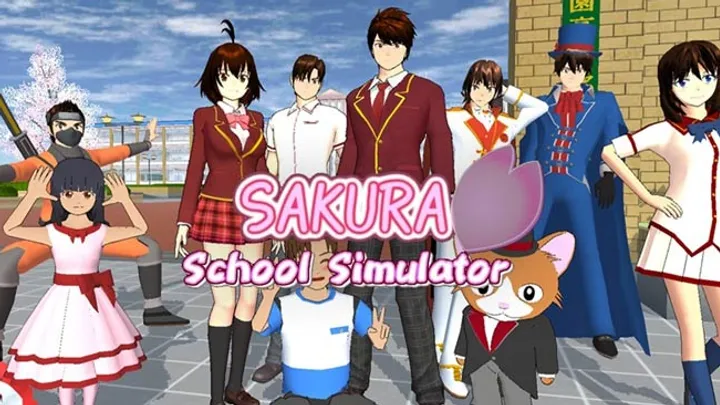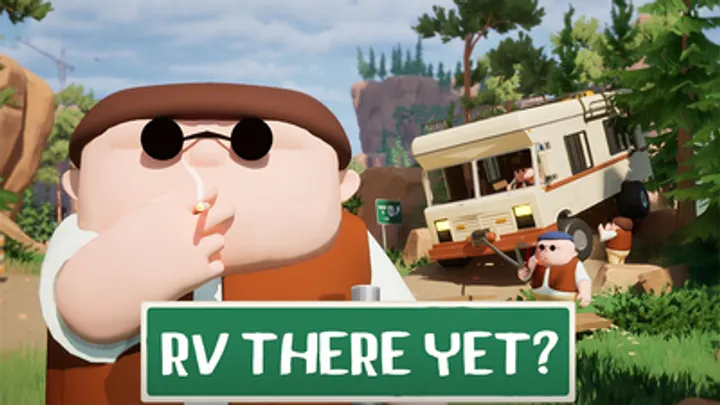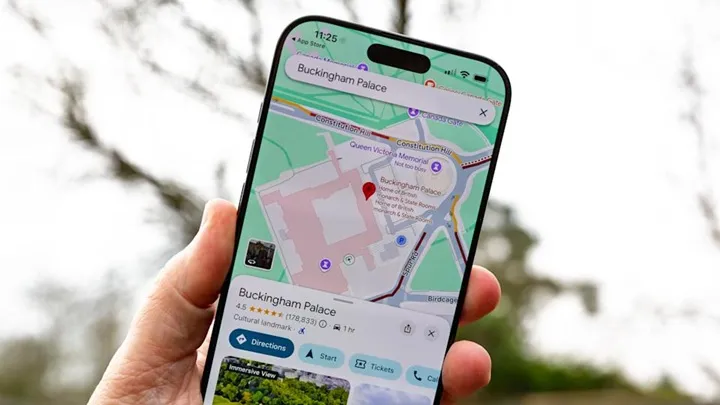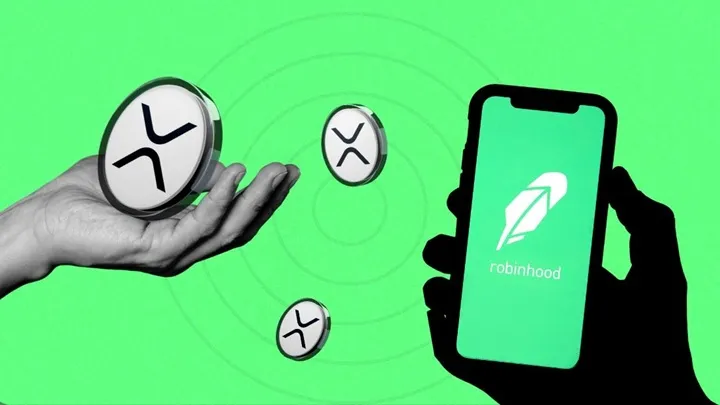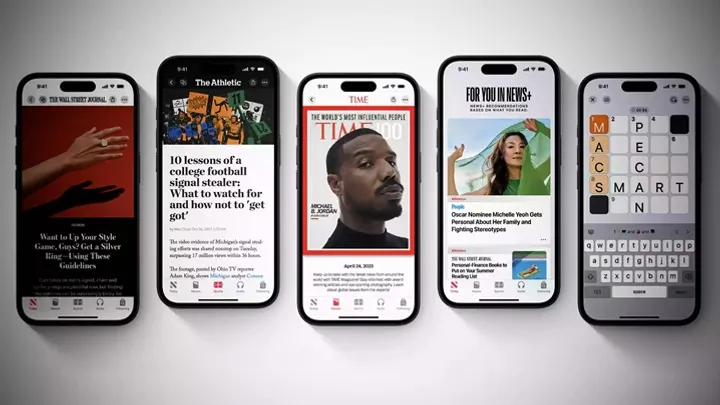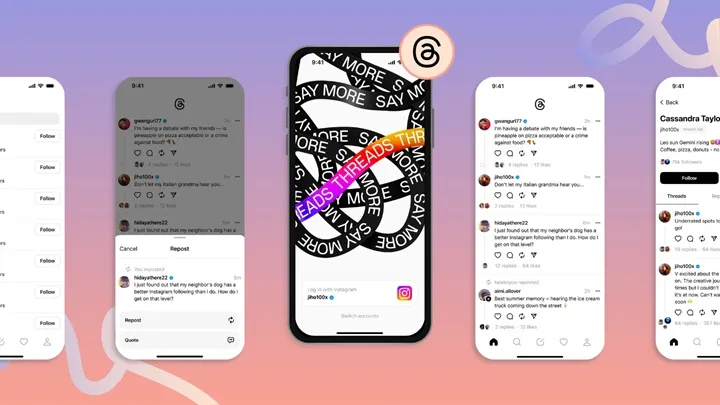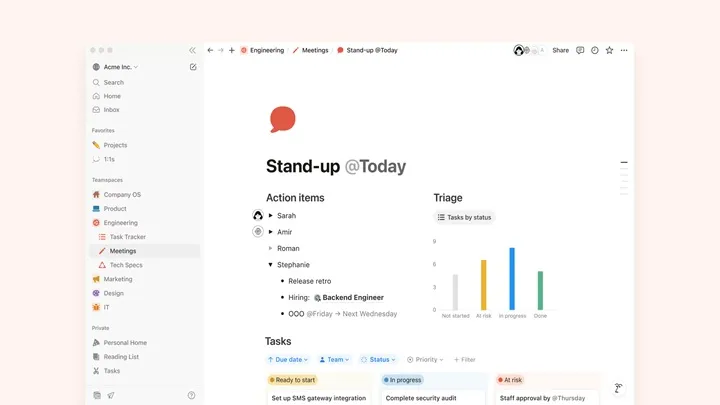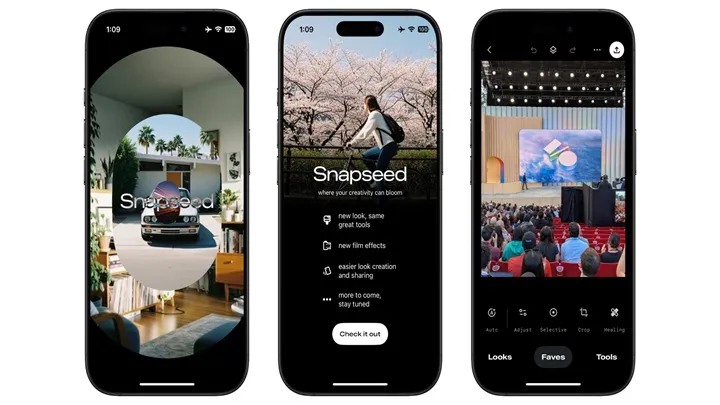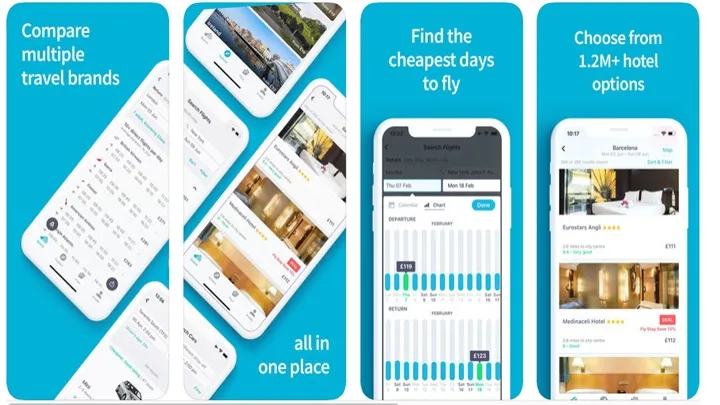Brawl Stars is a game of chaos, creativity, and constant adaptation. Among its diverse roster of characters, control brawlers stand out as the architects of battlefield dominance. Unlike assassins or tanks that focus on brute force, control brawlers excel in shaping the rhythm of the match—dictating enemy movement, securing map zones, and creating long-term advantages through area denial. This in-depth guide explores every nuance of control brawlers: their strategies, strengths, weaknesses, and how to use them to systematically dismantle your opponents.
Introduction: The Philosophy of Control in Brawl Stars
Control in Brawl Stars is not about raw damage—it's about influence. It’s the art of shaping where enemies can and cannot go, of forcing mistakes before the first bullet even lands. The best players know that control brawlers aren’t flashy; they’re strategic tools that make victory inevitable.
This article focuses exclusively on the control playstyle: how it operates across different modes, which brawlers embody it, and what mental framework players need to master it. Whether you’re learning to keep enemies off the gem mine in Gem Grab or choke opponents in Hot Zone, this guide will help you dominate through precision and presence rather than chaos.
1. Understanding the Essence of Control Brawlers
Control brawlers are not defined by a single role but by a shared principle: they dictate space.
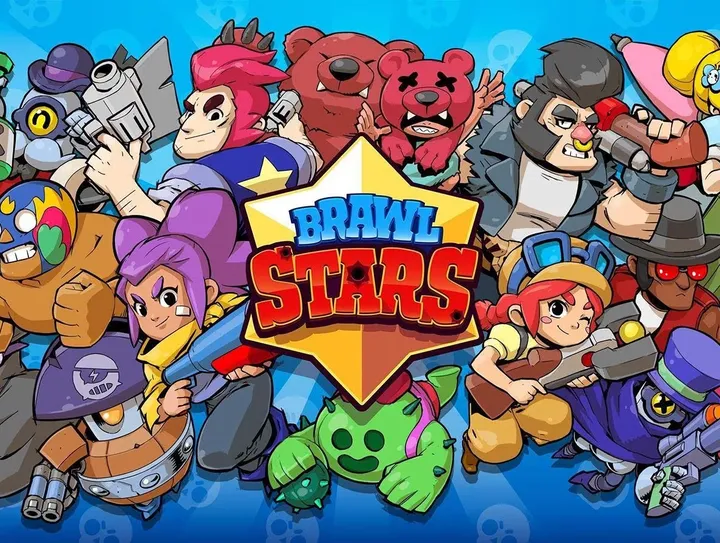
The Nature of Control
Control brawlers excel at limiting enemy movement through persistent pressure, wide attack coverage, or terrain manipulation. Think of them as “territorial brawlers”—they don’t just kill; they command.
Examples include:
- Emz: Uses continuous area damage to push enemies back.
- Sandy: Controls zones with her sandstorm invisibility field.
- Belle: Forces enemies to retreat through threatening long-range shots.
- Lou: Slows entire enemy teams with ice patches.
Control vs. Aggression
Unlike aggressive brawlers who dive for kills, control brawlers operate methodically. They win over time. They manipulate enemy behavior until opportunities arise naturally.
When executed correctly, a control brawler feels oppressive—not because of power, but inevitability.
2. Map Awareness and Spatial Psychology
To master control, you must understand space as a weapon.
Reading the Map
Control begins before the match starts. Study the map’s choke points, walls, and bushes. Each layout offers unique opportunities:
- Open maps reward long-range controllers like Belle and Tick.
- Closed maps favor Emz, Sandy, or Lou.
- Hybrid maps require dynamic positioning—switching between aggression and retreat.
Spatial Pressure
In Brawl Stars, most players subconsciously avoid taking risks. A skilled control brawler exploits this by creating invisible walls. When Emz sprays her Super across a zone, players instinctively avoid it. That avoidance is control—it dictates enemy movement without direct combat.
A true master learns to predict how fear shapes player movement, not just how damage does.
3. The Fundamentals of Zone Control
Control brawlers excel when they focus on managing territory rather than chasing eliminations.
Holding Ground
The key to zone control is anchor positioning. This means finding a strategic spot where your influence radiates outward. For example:
- Sandy can anchor behind cover while her sandstorm cloaks teammates.
- Lou can cover narrow pathways with freezing attacks, denying enemy entry.
Reinforcing Allies
Control isn’t solo work. Support your aggressive teammates by covering flanks or zoning enemies away from power cubes and objectives.
Remember: your role is not to lead the charge but to make every enemy step costly.
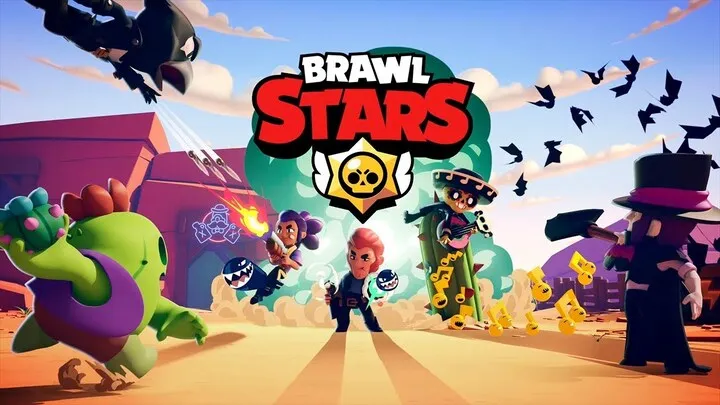
4. Game Mode Mastery: Applying Control Across Modes
Each Brawl Stars mode amplifies different aspects of control play. Understanding how to adapt your strategy per mode is critical.
Gem Grab
Control defines Gem Grab. The center gem mine is the core battlefield.
- Use area-denial attacks to lock down the middle.
- Retreat only when your zone collapses; reclaiming control is harder than maintaining it.
- Timing supers—like Emz’s Caustic Charisma—can reset enemy dominance instantly.
Brawl Ball
Here, control means tempo manipulation.
- Push forward slowly, ensuring lanes are locked.
- Use supers to clear defensive lines before passing.
- Never rush the goal; instead, force defenders to cluster, then punish.
Hot Zone
The quintessential control mode.
- Constantly rotate between zones to keep pressure.
- Deny recovery—don’t let enemies breathe once captured.
- Use terrain and supers to reset the balance when behind.
5. The Art of Timing: When to Engage and When to Withhold
Control is as much about restraint as aggression.
Patience as Power
A control brawler wins through endurance. Don’t waste ammo early. Instead, maintain zone presence and wait for the enemy to make errors. The goal isn’t a flashy triple kill—it’s dominance over 80% of the map for 80% of the game.
Momentum and Reset Windows
Control can collapse quickly if the player panics. Knowing when to retreat is vital. Once your team loses a fight, reset immediately to your anchor point. Never chase; your value lies in rebuilding presence, not revenge.
6. Advanced Team Synergies for Control Brawlers
Control shines brightest when supported by complementary roles.
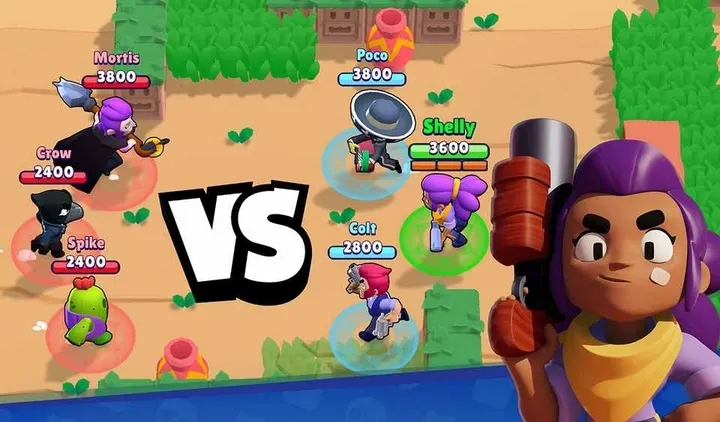
The Ideal Team Composition
A balanced control team typically includes:
- Control Brawler (Sandy, Emz, Lou)
- Damage Dealer/Support (Belle, Brock, Byron)
- Tank or Assassin (Bull, Leon, Edgar)
This trio ensures spatial pressure (control), kill pressure (damage), and durability (tank/assassin).
Role Coordination
- The control brawler sets the stage.
- The damage dealer secures kills within that stage.
- The tank absorbs and reclaims territory.
Team synergy isn’t about shouting commands—it’s about rhythm. Each role must flow naturally, responding to spatial shifts.
7. Counterplay: Overcoming Anti-Control Strategies
Not every enemy will fall for your pressure tactics. Some thrive in chaos.
Recognizing Counters
Aggressive brawlers like Mortis or Leon can disrupt your positioning. Long-range snipers like Piper can punish predictable anchors.
Adaptive Defense
To survive:
- Vary your movement. Never linger in one lane too long.
- Fake retreats. Pull enemies into your controlled zone, then punish.
- Maintain sightlines. Vision control (especially in bush-heavy maps) is essential.
Control isn’t rigidity—it’s flexibility wrapped in discipline.
8. Mental Framework: Thinking Like a Control Player
Your mindset is your greatest weapon.
Predictive Thinking
Ask yourself: Where will the enemy move next? What are they afraid of losing?
Anticipate behavior patterns. The best control players see the battlefield three seconds ahead.
Emotional Stability
Frustration kills control. Losing territory can feel suffocating, but the worst mistake is rushing back in unprepared.
A calm player reclaims control more efficiently than an angry one.
9. Map-Specific Control Strategies
Each Brawl Stars map is a puzzle waiting to be solved.
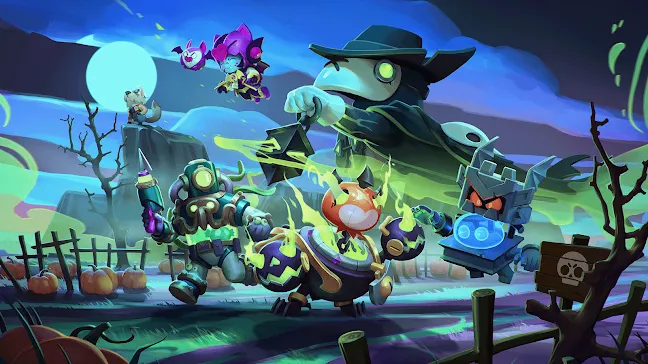
Open Maps
Favor long-range controllers:
- Belle: Punishes exposed enemies.
- Tick: Provides unrelenting area denial.
- Lou: Forces movement through frozen zones.
Closed Maps
Dominate with proximity control:
- Emz: Zone sweeper and crowd deterrent.
- Sandy: Provides invisibility and support coverage.
- Tara: Uses her Super to collapse enemy clusters.
Hybrid Maps
Balance between offense and defense. Control brawlers must constantly reposition—creating pressure without overextending.
10. Mastery Through Iteration: Evolving Beyond Mechanics
True mastery isn’t about mechanical precision—it’s about adaptation.
Continuous Learning
After each match, reflect:
- Did I maintain zone dominance?
- Where did control slip, and why?
- Was my Super used to reset or merely react?
Experimentation
Don’t fear unconventional builds or gadgets. The game evolves; your control style should too. Players who adapt thrive even through meta shifts.
Conclusion
Control brawlers are the conductors of chaos in Brawl Stars. They orchestrate every fight, every retreat, and every win through presence rather than brute strength. Mastering them requires patience, strategic awareness, and a mindset rooted in long-term advantage.
By understanding map control, team synergy, timing, and psychological dominance, you transform from a mere player into a field general. You stop reacting—and start dictating.
Control is not about holding the line. It’s about drawing the line—and daring anyone to cross it.
